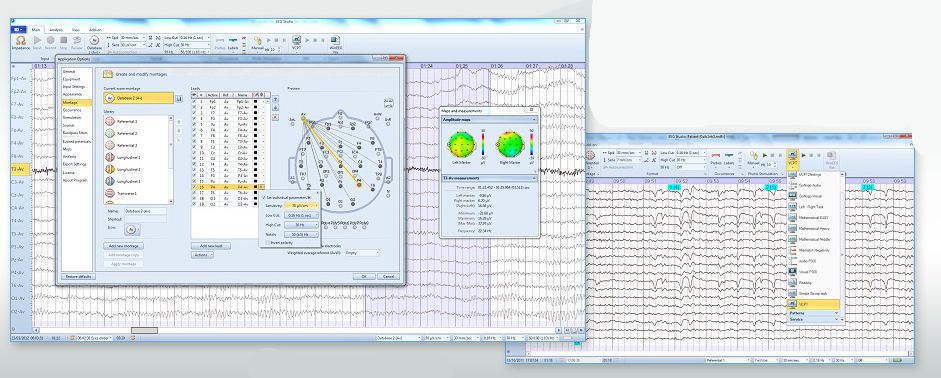

If possible, bring along a family member or friend to the appointment to help you remember the information you're given. You might need to schedule an office appointment to discuss the results of the test. Resultsĭoctors trained to analyze EEGs interpret the recording and send the results to the doctor who ordered the EEG. Once you're at home, rest and don't drive for the rest of the day. If you used a sedative, it will take time for the medication to begin to wear off. You should be able to return to your typical routine.

If you didn't have a sedative, you should feel no side effects after the procedure. The technician removes the electrodes or cap. However, compared with inpatient video EEG monitoring, an ambulatory EEG is not as good at determining the difference between epileptic seizures and nonepileptic seizures. This test can record brain activity over several days, which increases the chances of recording during seizure activity. But these types of EEGs aren't always an option. This combined recording can help your doctor diagnose and treat your condition.Īmbulatory EEGs (aEEGs) allow for longer monitoring outside an office or a hospital setting. Your body motions are captured by a video camera while the EEG records your brain waves.
Video is routinely recorded during the EEG. At various times, the technician might ask you to open and close your eyes, perform a few simple calculations, read a paragraph, look at a picture, breathe deeply for a few minutes, or look at a flashing light. You relax in a comfortable position with your eyes closed during the test. Testing for certain conditions requires you to sleep during the test. Once the electrodes are in place, an EEG typically takes between 20 and 40 minutes. The electrodes are connected with wires to an instrument that amplifies the brain waves and records them on computer equipment. Sometimes, an elastic cap fitted with electrodes is used instead. These spots on your scalp might be scrubbed with a gritty cream to improve the quality of the recording.Ī technician attaches discs (electrodes) to your scalp using a special adhesive. A technician measures your head and marks your scalp with a special pencil to indicate where to attach the electrodes. Here are some things you can expect to happen during an EEG: The electrodes don't transmit any sensations. You'll feel little or no discomfort during an EEG. Some people wear an elastic cap fitted with electrodes instead of having the adhesive applied to their scalps. The electrodes are connected to the EEG machine with wires. In a high-density EEG, shown here, the electrodes are close together. During an EEG, flat metal discs (electrodes) are attached to the scalp.






 0 kommentar(er)
0 kommentar(er)
